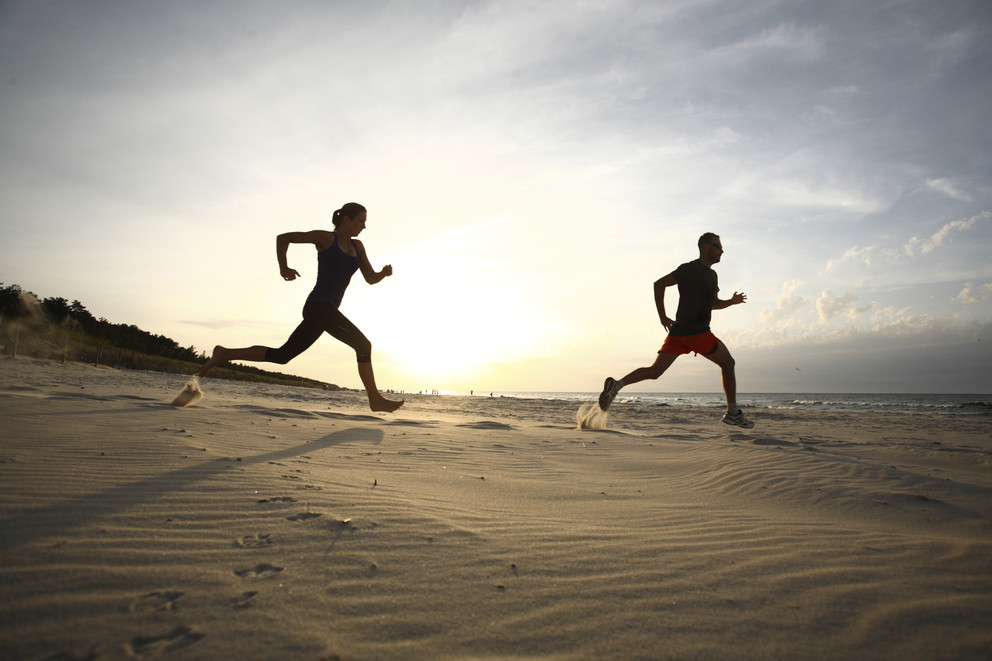UNIVERSITY PARK — The comparatively light bone structure of modern humans compared to early human species and other modern primates may be due to the modern abandonment of the constant physical activity that was inherent in the life of early hunter gathers, according to an international team of researchers. This knowledge may aid in prevention of osteoporosis and hip fracture in the elderly.
“We set out to test three potential explanations for modern human gracility and any one of them would have been interesting,” said Timothy M. Ryan, associate professor ofanthropology and information science and technology, Penn State. “What we found was the most interesting.”
The most plausible explanation, he said, is that a lack of constant physical activity causes the bone in the head of the femur — the long bone in the thigh — to become thinner and lighter than that found in more mobile populations or modern primates such as chimpanzees, gorillas and orangutans. The other two possible explanations, that humans and nonhuman primates have different bone structure because of genetics, with humans evolving to a lighter, more gracile structure, or that the large joint surfaces required for upright, two-legged movement decrease the strain on bone and therefore the development of strong bones, do not appear to be true.
Ryan, working with Colin N. Shaw of the University of Cambridge, UK, looked at the hip joint to determine which of the three possible explanations was likely. They compared these joints in samples from foraging populations, early agriculturalists and comparably sized nonhuman primates. The human bones came from two agricultural groups and two foraging groups that once lived in what is now Illinois. The nonhuman bones came mostly from wild specimens in collections.
The researchers used noninvasive microcomputed tomography to scan the hip joint ends of the femurs. In all, the study included 59 adult humans and 229 nonhuman primates. Ryan and Shaw compared the trabecular bone — the honeycomb-like bone that fills joint ends — among the three groups.
“The results of the present study indicate that human populations with divergent activity patterns display significantly different trabecular bone structural characteristics in the proximal femur,” the researchers report online today (Dec 22) in the Proceedings of the National Academy of Sciences.
The researchers found that the agriculturalists had significantly lower bone mass than the foragers. However, the bone characteristics of the more mobile foragers overlapped with those of the nonhuman primates.
“There are other things that could account for some of the differences between early agriculturalists and foragers,” said Ryan. “The amount of cultivated grains in the diet of the agriculturalists, in this case maize, as well as possible deficiencies in dietary calcium may also contribute to lower bone mass. It does seem, however, that the biomechanical aspects of foraging play a large part.”
“The findings of the present study have significant implications for understanding human skeletal form and its relationship to age-related bone loss in contemporary human populations,” the researchers report.
“We need to understand the difference in bone structure caused by diet, behavior and evolution,” said Ryan. “However, I think the key appears to be higher physical activity and mobility from a very young age that makes the bones of nonhuman primates and human foragers stronger.”
The National Science Foundation supported this work.



